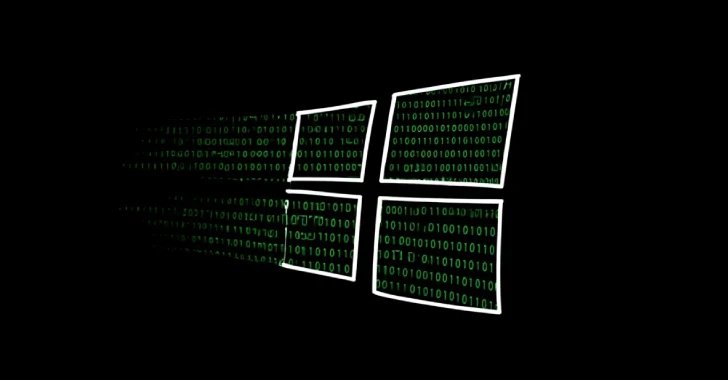Fast Facts
-
Malware Discovery: Cybersecurity researchers from Fortinet have identified a unique malware that utilizes corrupted DOS and PE headers to evade analysis, complicating efforts to understand its capabilities and spread.
-
Execution and Communication: The malware operates within the dllhost.exe process and establishes a connection with the command-and-control server ("rushpapers[.]com") via TLS, using encrypted domain information.
-
Remote Access Trojan Capabilities: Identified as a Remote Access Trojan (RAT), the malware can capture screenshots, manipulate system services, and support multiple simultaneous connections through a multi-threaded architecture.
- Concealment Techniques: Fortinet’s team managed to analyze the malware by reconstructing the compromised system’s environment after significant trial and error, highlighting the challenges cybersecurity experts face with advanced malware techniques.
Key Challenge
On May 29, 2025, cybersecurity experts from Fortinet unveiled a sophisticated cyber attack that exploited malware characterized by corrupted DOS and PE headers, essential components of Windows executable files. This unconventional strategy was employed to obfuscate the malware’s presence, thereby complicating analysis by security researchers. The malware, rooted within the dllhost.exe process, had compromised a machine several weeks prior, executing a series of scripts via PowerShell to facilitate its operations. Researchers Xiaopeng Zhang and John Simmons reported that despite the challenges in identifying its distribution method and reach, they managed to extract a memory dump from the affected system and meticulously reverse-engineer the malware within a controlled environment.
Upon further examination, the researchers classified the malware as a remote access trojan (RAT), capable of executing a variety of malicious actions, including capturing screenshots and manipulating system services. This multi-threaded architecture allows it to handle concurrent connections from attackers, effectively transforming the compromised system into a platform for further exploits. The malware establishes communication with a command-and-control server, specifically “rushpapers[.]com,” using encrypted TLS protocol, thereby indicating a calculated effort by the threat actor to maintain control and execute additional instructions remotely. This report not only highlights the evolving complexities of malware but also underscores the resilience and determination of cybersecurity professionals in combating such threats.
Risk Summary
The emergence of a sophisticated malware exploiting corrupted DOS and PE headers poses significant risks not only to directly affected organizations but also to a broader ecosystem of businesses and users. As this remote access trojan (RAT) compromises systems by enabling attackers to execute commands, capture data, and manipulate services, it creates an interconnected vulnerability landscape. If one organization falls victim, it can inadvertently expose its partners or clients, leading to data breaches, operational disruptions, and a cascading effect of diminished trust across supply chains. Furthermore, the challenge of analyzing and mitigating such threats can overwhelm cybersecurity defenses, prompting resource strains and elevating susceptibility for potentially unsuspecting users. Ultimately, the repercussions of these attacks could erode the foundational security of digital infrastructures, necessitating unified vigilance and rapid innovation in cybersecurity strategies to safeguard against pervasive threats.
Possible Actions
In the realm of cybersecurity, timely remediation is crucial for thwarting potential threats, particularly when confronting sophisticated malware such as the newly discovered Windows RAT that can linger undetected for weeks by leveraging corrupted DOS and PE headers.
Mitigation Steps
- Employ advanced EDR solutions.
- Conduct periodic system scans.
- Implement strict access controls.
- Use behavior-based detection tools.
- Regularly update antivirus signatures.
- Educate users on phishing tactics.
- Perform integrity checks on executables.
NIST CSF Guidance
The NIST Cybersecurity Framework emphasizes the necessity of swift identification, protection, detection, and response to threats. For deeper insights, refer to NIST SP 800-53, which provides comprehensive controls for managing and mitigating risks associated with malware attacks.
Explore More Security Insights
Explore career growth and education via Careers & Learning, or dive into Compliance essentials.
Access world-class cyber research and guidance from IEEE.
Disclaimer: The information provided may not always be accurate or up to date. Please do your own research, as the cybersecurity landscape evolves rapidly. Intended for secondary references purposes only.
Cyberattacks-V1

